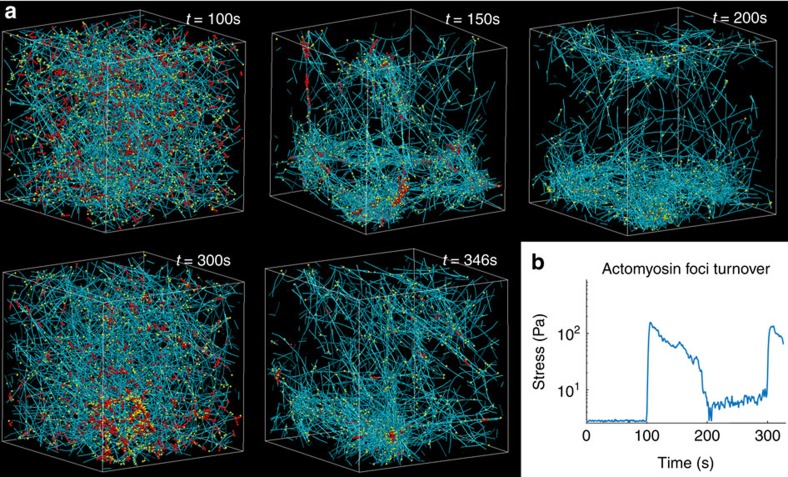Figure 4. Reversibility of actin aggregation in the active cytoskeleton.
This network consists of 25 μM actin, 5% ACPs, 1% motors and an actin turnover rate of 300 s−1. (a) At t=100 s, motors are activated and actin turnover is disabled, leading to aggregation over time. At t=200 s, actin turnover is enabled, leading to foci disintegration and the regeneration of a homogeneous network. At t=300 s, actin turnover is suppressed again, enabling foci to reform. (b) The stress versus time profile for the network in a, displaying the relation of foci formation and turnover to stress. Foci formation leads to large but transient stress build-up. Actin turnover enables the network to regenerate and allows for subsequent stress build-up, enhancing contractile behaviour over longer periods. This suggests the driving factors and functional implications of pulsatile actomyosin contractions and foci formation during embryogenesis. In these simulations, we used larger motors with 256 heads (rather than 64) which appear to be able to aggregate more crosslinked networks more quickly. Teal, yellow and red are actin filaments, ACPs and motors, respectively.

